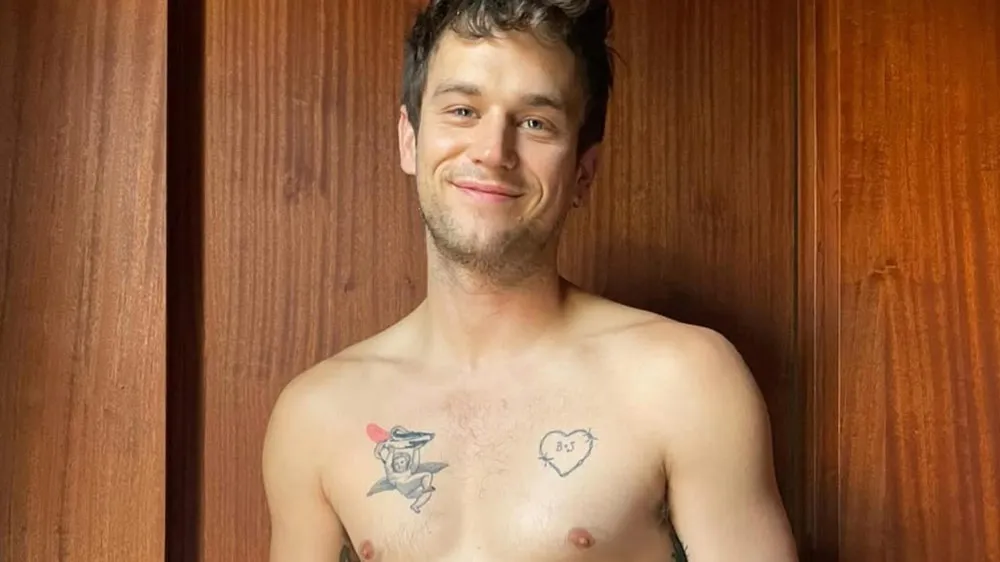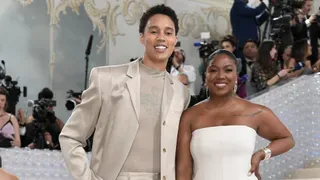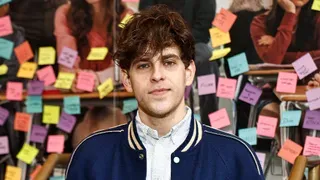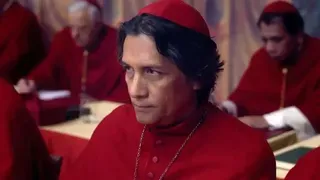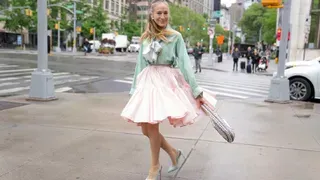August 13, 2007
Andrew Michael Fladebow on "United States Presidents"
David Foucher READ TIME: 4 MIN.
On August 20th, the centennial commemorating the laying of the cornerstone at the Pilgrim Monument will be observed. One hundred years since the presidential yacht Mayflower carrying President Theodore Roosevelt sailed into Provincetown Harbor. Rounding Long Point the Mayflower passed down a passage created by eight battleships composed of two squadrons. The president received a twenty-one-gun salute from each battleship as he passed. Observers on High Pole Hill said it seemed as though their view of the Mayflower would be lost in a smoky haze of gunpowder.
For artist Andrew Michael Fladeboe looking through the smoky haze at this president, along with several other presidents and their historical mystique has been a six-month excavation of sorts. In this, Fladeboe has utilized the brush, oil paints and canvas by which to render these men as he sees fit. Fladeboe's United States Presidents are on show at Level Bistro and comes at a propitious time what with all the commemorative hullabaloo.
Fladeboe has been thinking a great deal about the country's top men. But for the artist it has less to do with art and more to do with conscientiousness. "Politics is a national duty," says Fladeboe via telephone. With the nation embroiled in war, scandal and a president with an approval rating that's almost as low as Richard Nixon's (24%), the young artist sees his generation's need to become involved as of paramount importance. He's fascinated by the office of president and would like to see it restored to what is was in the past, speaking of those men that steered the country back then, "They showed a fire that we once had. They're different from today's generations."
Using a palate that is monotone, Fladeboe sets about rendering the men so as to prompt a response and most of all to provoke thought. In this, the artist has taken a subtle approach. The presidents are on neutral backgrounds there is nothing to impede the viewer from analyzing the subjects' gazes, demeanor, body language. Fladeboe gives the viewer the chance to take out a scalpel and microscope and draw whatever conclusions they may.
With the tonality of the work comes another subtly...that of character projection. While the artist has refrained from painting halos and horns on the presidents, the increased use of black, or white or grey are characteristics the artist has transposed onto his subjects. Take for example Warren G. Harding, Herbert Hoover, George H. W. Bush, Ronald Reagan, George Walker Bush and Dick Cheney (tells you something about the V.P.'s status). All are on black backgrounds. All are painted in high contrast and so is Richard Nixon, but he's on a white background, no doubt that's why they called him Tricky Dickie. In contrast, FDR, Abraham Lincoln, Harry Truman, Dwight D. Eisenhower, John F. Kennedy and Lyndon B. Johnson come off in tones which give them depth as opposed to the starkness of the other category. In shades of grey there is temperance, in FDR's portrait, of which there are two, the man comes off as a kindly uncle...in a sense how history sees him today. In contrast, our current president is smiling in stark, jet black, his expression contradicting the mood and use of palette. As by way of using oil paint to invoke a sense of tradition and monotone to invoke a historic look, Fladeboe uses tone and contrast much in the way Gallup uses its presidential opinion polls: the lighter the picture the better they were thought of.
The mood and expressions chosen by Fladeboe are also indicative of the 26-year old's view of how these men fit into history and into society's perception of them. There is a growing disingenuousness that seems to coincide with the increase of power in the office of Presidency. The artist sees this as not entirely of their own doing, but in concert with congress and the media. Culprits or victims? That's what these portraits allow their viewers to decide.
In the broader picture, Fladeboe's work is the commercialization of these personalities. As Warhol did for Mao, Monroe and Lenin, Fladeboe is doing for his presidents: extract the person from their actual context and put them into one where they are looked upon in an entirely different way. In short, post modernism to a tee.
By way of echoing this attitude, Fladeboe has already placed portraits of all 43 presidents on a series of cigarette lighters. Placing these men onto what could exist in one's pocket, car, table, and handbag isn't too dissimilar from toilet paper with a picture of the Pope on each sheet. What forms the cult of personality is suddenly erased and costs only a couple of dollars to own.
How did Fladeboe come to this point in his artistic career? Growing up Fladeboe lived where his father was stationed. Ironically, the locations he knew as home were Austria, Japan and Russia. Looking at his own country from these places Fladeboe admits to hating his Motherland. Returning, he says that this has changed and the US has won him back. It is why Andrew Michael Fladeboe has embarked on this ongoing study of the men who sit atop the country's hierarchy and who have the eyes of world fixed on their every move.
-----
United States Presidents
Through September 3
Level Bistro
386 Commercial St.
508.487.7800
David Foucher is the CEO of the EDGE Media Network and Pride Labs LLC, is a member of the National Lesbian & Gay Journalist Association, and is accredited with the Online Society of Film Critics. David lives with his daughter in Dedham MA.
